3 Keys to Success with Flexible Liquid Packaging on a VFFS
Picture this exasperating scenario. It’s midday and lunch rush is happening in the restaurant you manage. You go to refill the soup and notice there...
3 min read
Pan Demetrakakes : Tue, Jun 5, 2018
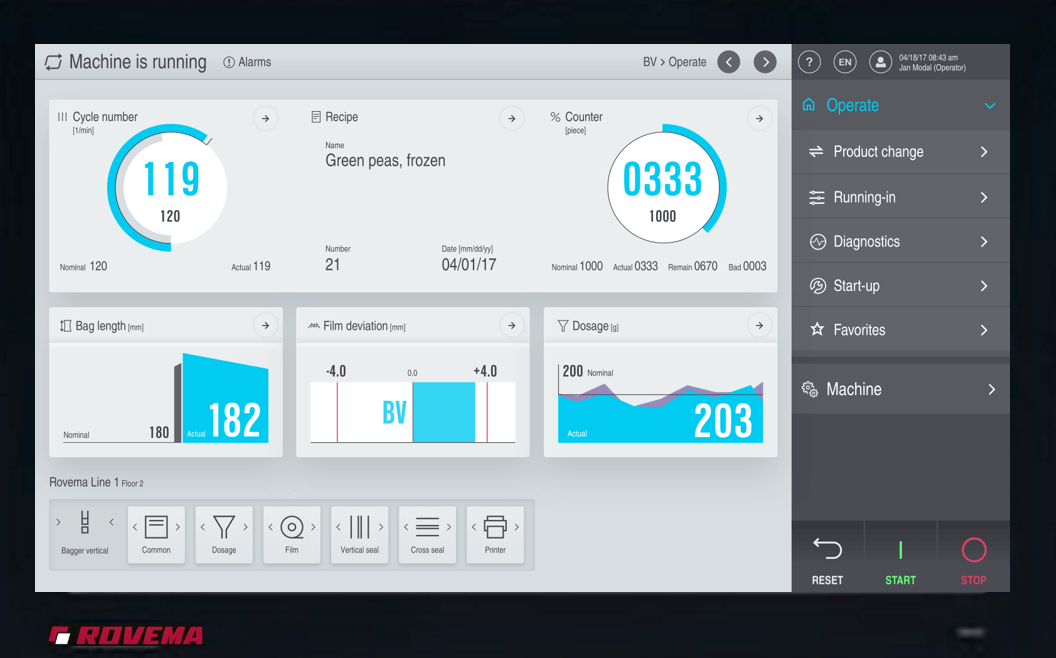
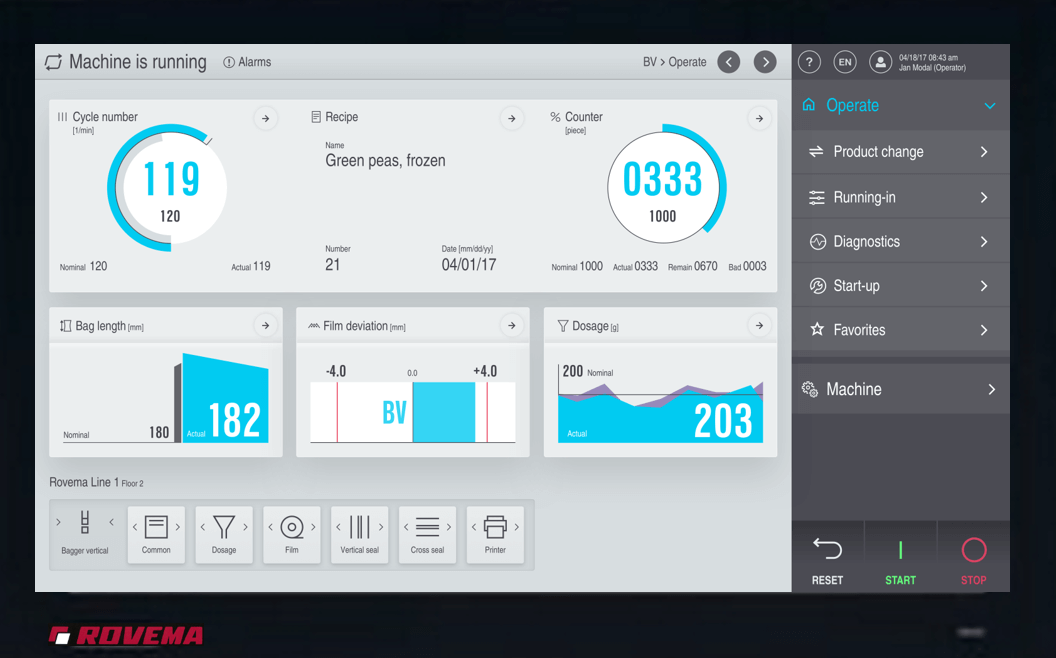
Flexible material is increasingly important in snack packaging. And it helps if the machinery is flexible as well.
Snack packaging is a large and consistently growing segment of the U.S. food market. According to IRI data quoted by Bakery & Snacks Magazine, the top eight salty-snack categories showed sales growth from mid-2016 to mid-2017 ranging from 0.35% (pretzels) to 9.7% (ready-to-eat popcorn), reaching collective sales of $22.6 billion. Flexible film is the most frequent packaging material choice for many snacks, from salted snack packaging to pouches of candy.
There are many kinds of snacks, and they can be packaged in many sizes of bags and pouches, from single-serve to family size. Large trade customers, especially non-traditional food channels like club stores, are increasingly asking for unique packaging sizes and configurations. Machine flexibility is therefore vital to many snack producers’ operations.
As with many other products, getting the most variety out of the least amount of equipment is often the key to success in snack packaging. Doing that with vertical form-fill-seal (VFFS) equipment means paying attention to the specific needs of both product and package size.
Most VFFS systems can handle almost an infinite variety of package lengths. But maximum width is limited to the width of the sealing jaws; generally speaking, this is constrained by the machine’s size and configuration.
Changing among bag styles is more involved. Flexible bags come in dozens of varieties. These include pillow bags, (flat seals top and bottom), flat- and round-bottomed bags, RoPack doy-style stand up pouches, Flex Cans (flat top and bottom), and more; many of these have variations such as resealable closures or “carry holes” near the upper seams.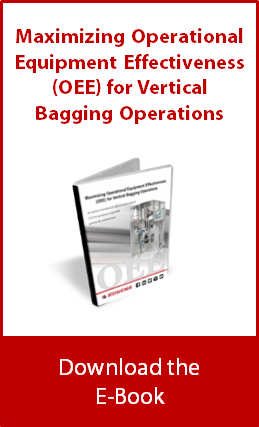
Running different bag styles on the same equipment usually means changing out the forming tubes, sealing jaws, and sometimes the film rolls. For this to be done efficiently, these components must be designed for no-tool changeout, with fasteners attached to the components and the machine’s frame. (One of the challenges in no-tool design is making the fastening components easy to access and manipulate, while avoiding creases, corners or other areas where product residue could accumulate and create a sanitary hazard.)
There are many kinds of snacks, but for packaging purposes, they can be divided into two basic categories: those of completely uniform, homogeneous size and appearance, like mints or bite-sized candy pieces; and those that vary in size, appearance or both. The latter is far more common, comprising everything from snack chips to mixed nuts to coated candies of different colors.
The latter is also more challenging to package. Completely homogenous product can often be fed into a VFFS by a simple hopper, either dropping by gravity or propelled by an auger, depending on how smoothly it flows. Heterogeneous product, especially when it differs in size and weight, almost always has to be fed though a combination weigh filler.
This device uses scales in buckets that each hold a fraction of the target weight—that is, the total weight that is going into each bag. They are situated in a circle below an infeed conveyor or chute. Product is distributed among the scales in roughly equal volume, but because the weights of the individual pieces differ, each bucket will end up holding an amount of product with a slight but significant difference in weight. By opening up certain number of the scale-buckets—either the ones with the highest and lowest product weights, or those closest to the fractional target weight—the filler can even out the weight differences, dropping a uniform total weight of product down into the VFFS.
The great advantage of weigh scales is that the modern electronics that enable them to open the scales in the correct sequence also confer product-handling flexibility, because they can be programmed to accept a great variety of product. Whether they’re handling snack foods whose pieces are alike except for their size and weight, like potato chips, or completely different, like mixed nuts, it usually takes just a fe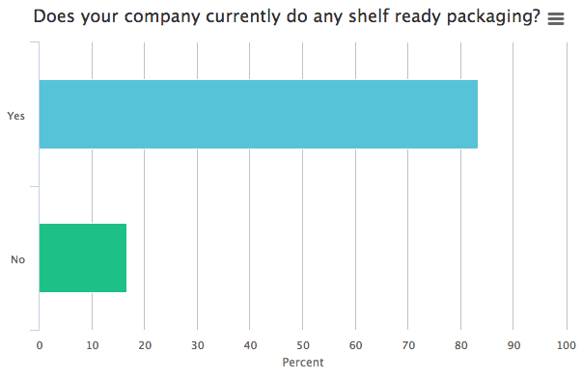 w touches of a screen or keypad to alter the algorithm that governs the infeed volume and scales’ opening and closing.
w touches of a screen or keypad to alter the algorithm that governs the infeed volume and scales’ opening and closing.
There is one product aspect, however, that might well require changeouts of weigh fillers, or even establishment of two (or more) separate weigh filler/VFFS combinations: ease of product flow. Generally speaking, free-flowing snack foods, like coated candy pieces, are best handled by fillers with smooth product-contact surfaces. Sticky snacks, like gummy snacks, work best with dimpled surfaces. Mismatches can cause problems. Dimpled surfaces will slow down free-flowing products, while smooth ones can cause sticky products to “string out” and flow irregularly.
Flexibility in snack packaging often extends to changes in the type of film used. The differences between films can be structural as well as graphic—for instance, metallized vs. plain, or different sealant-layer strength (which can be necessitated by differences in product weight and density). Modern VFFS machines have features like nip rollers and power unwinds that can accommodate these variations by changing the speed and tension with which the film is handled.
Many large flexible snack bags, with multiple servings intended to last for days or weeks, have reclosable zippers. These can either come with the original machine or be retrofitted into existing equipment. Almost all zippers in pillow bags filled with VFFS equipment go across the film web, which means that the applicators have to use pre-cut zippers. This requires more care and attention from floor operators, but it has the advantage of perfect flexibility when producing stand up pouches with a zipper; whatever the width of the film being run, operators need only stock the applicator with the correct-size zippers for stand up pouches that require zippers.
Packaging a great variety of snack foods, or anything else, is always a challenge. But with foresight and the right equipment, it can be reliably met.

Picture this exasperating scenario. It’s midday and lunch rush is happening in the restaurant you manage. You go to refill the soup and notice there...
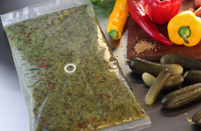
In the food service industry, liquid and pumpable products from creamers to salad dressings to sauces must be packaged safely and deliver a...